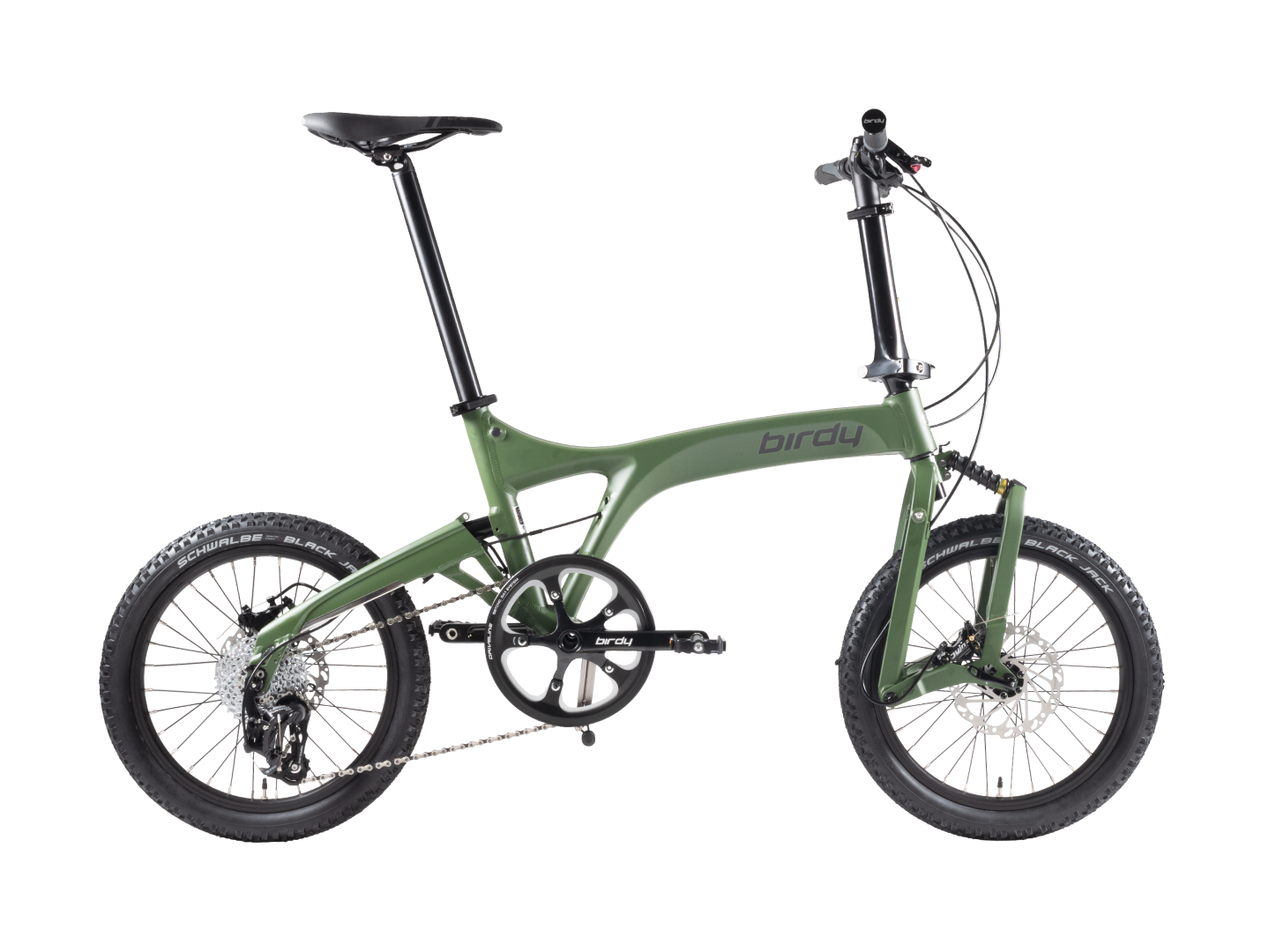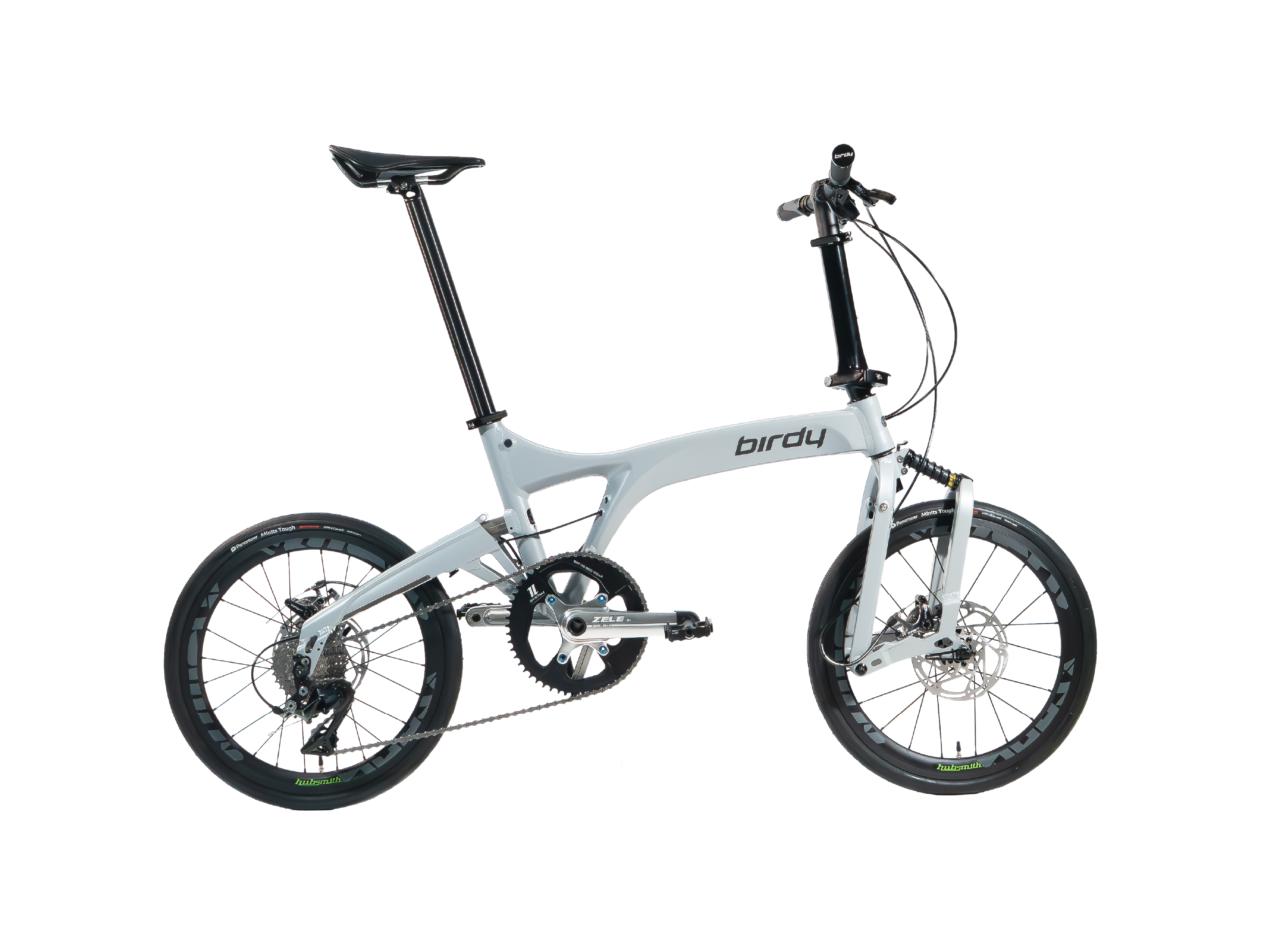As of July 1, 2025, a new LTA (Land Transport Authority) regulation has begun to be enforced in Singapore: cyclists are now officially banned from using pedestrian-only footpaths located around the city. These footpaths are often found next to lanes marked as cycling lanes. Previously, both pedestrians and cyclists were free to use either lane without penalty.
While cyclists may continue to ride on cycling lanes and shared paths, venturing onto pedestrian-only paths could now result in fines, or even jail time for up to 3 months!
This new regulation has sparked considerable public debate, with strong arguments both in support of and against the move. Below, we’ll take a closer look at both sides of the discussion. Hopefully, you’ll be able to come away with a more nuanced understanding of the implications of the new law.
In Favor of the New Law: Protecting the Most Vulnerable
- Pedestrian Safety Comes First
The primary aim of the new law is to enhance and safeguard pedestrian safety, especially for vulnerable groups like seniors and children. In 2024 alone, 104 path-related accidents were recorded, highlighting the real risks involved when cyclists and pedestrians share footpaths. Stricter rules are intended to reduce such incidents and ensure the most vulnerable in our society are protected. - An Aging Population with Changing Needs
It’s no secret that Singapore is experiencing an aging population. More seniors are also making use of personal mobility devices to move about. It’s become even more important to keep pedestrian spaces clear and safe, as seniors tend to have slower reaction speeds (whether on foot or otherwise), and collisions with personal mobility devices can lead to worse injuries. - Enforcement Will Remain Balanced and Fair
To assuage concerns, the authorities have promised a “measured and considered approach” to enforcing this new law. Not only that, but it’s already been enshrined in law that cyclists won’t be punished for momentarily using a pedestrian path to avoid obstacles on the cycling lanes (such as unwary pedestrians) or navigate around a blockage, as long as they don’t stay on the pedestrian path for more than deemed reasonably necessary. - Encouraging Long-Term Behavioral Change
Proponents and lawmakers hope the law will encourage better habits among cyclists, pedestrians, and other path users alike. Over time, this could lead to more respectful and safe interactions on public paths. Perhaps eventually there will be no more need for such laws, and regulations can be lifted. - Reframing Bicycle Lanes as Shared Lanes
Some argue that cyclists need to stop viewing cycling lanes as exclusively for bicycles and look at them as shared lanes. There are many more pedestrians out there than cyclists, and thus in crowded areas it is inevitable that pedestrians will be found on cycling lanes. Additionally, cyclists will occasionally need to dismount and walk. Therefore, it isn’t possible or desirable to have a lane that’s strictly only for cyclists the same way a pedestrian lane might exist. - The Burden of Care
Cyclists travel faster and carry more momentum than pedestrians. The burden of care thus logically falls on them, and they must accept the responsibility of riding cautiously around foot traffic and preemptively watching out for possible collisions. Therefore, criticism of the new regulations as “unfair” fails to take this into account. - Cyclists Can Still Use the Roads
For cyclists who feel frustrated by new restrictions, riding on the roads is still a legal and viable option, especially for more experienced riders..
Opposition to the New Law: Disproportionate and Potentially Unfair?
- Excessive Penalties
Critics of the new regulation argue that the potential fines or even jail time for cyclists who break this rule are too harsh, especially given the often minor nature of the offense. Some fear that poor or inconsistent enforcement might lead to even cyclists who simply briefly enter a pedestrian path to overtake slow walkers being harshly punished. - Double Standards for Pedestrians
Many cyclists feel it’s unfair that pedestrians are allowed to walk on cycling paths as they wish, but not vice versa. They argue that regulations and laws should apply fairly to both parties.
- Legal Risks Even on Cycling Paths
Something that helps contribute to the sentiment of the above argument is that cyclists will likely still be held legally responsible if they collide with a pedestrian on a cycling path, even when the pedestrian shouldn’t have been there in the first place! This contributes to a feeling of vulnerability and frustration among riders, who complain that they’re treated unjustly while pedestrians are free to act as they wish without repercussions. - Inconsiderate Pedestrian Behavior
Cyclists frequently encounter entitled or oblivious pedestrians who venture onto cycling paths while distracted by phones, wearing noise-canceling earbuds, or walking in groups of several people abreast and completely blocking the lane. In some cases, cyclists must swerve onto pedestrian paths just to avoid collisions. Yet there are no penalties for these inconsiderate pedestrian behaviors, adding to the sense of unfairness. - Common Sense Over Criminalization
Certain opponents of the law argue that basic courtesy and common sense should be sufficient to guide path-sharing behavior, rather than resorting to strict laws that favor one group over the other. Some people point to countries such as Japan, where cyclists and pedestrians coexist harmoniously on shared paths, as examples. - Bicycle Lanes are not Shared Lanes
The Land Transport Authority’s own regulations and advisories state that walking on cycling paths – while not outright criminalized – is not encouraged. This leads to confusion when enforcers of the new law and pedestrians alike treat them as shared paths, undermining the logic of the “segregation for safety” principle behind the new law. - Does This Law Achieve Its Purpose?
If pedestrians can still use cycling paths at will, then there's still not much meaningful separation between lanes, and the idea of “safety through segregation” falls apart. Critics thus argue that this new law is little more than a gesture that may not improve safety meaningfully, and in fact serves only to unfairly restrict cyclists.
Conclusion
It’s clear that the government’s intent is to enhance public safety, especially for the elderly and vulnerable. That’s a laudable goal worth working towards. At the same time, it’s also evident that many cyclists aren’t quite happy with the implementation or implications of the new law, perhaps feeling that they’re being unfairly penalized or restricted compared to pedestrians.
Perhaps moving forward, mutual education for both cyclists and pedestrians, as well as improved infrastructure that might include the addition of true cycling-only lanes, might go a long way towards reducing conflict and accidents. Eventually, a safe and courteous public environment for both pedestrians and cyclists can be attained.
What are your thoughts on the new law? Are you for it, against it, or somewhere in the middle?














.png)
-01.png)







.webp)

.webp)









.webp)


.webp)
.webp)
















.jpg)







































